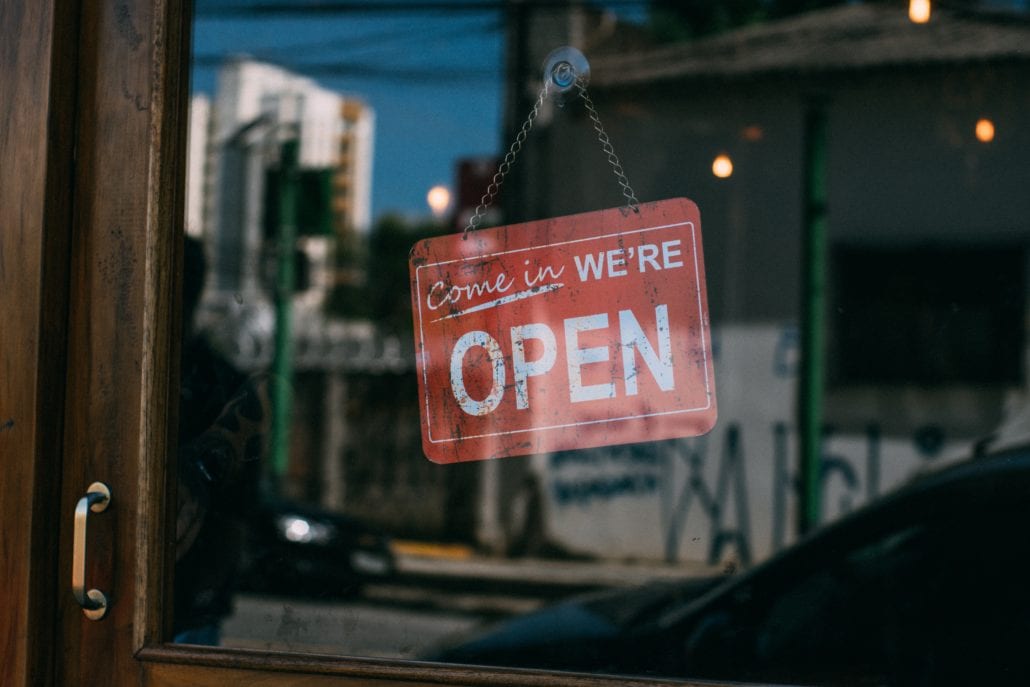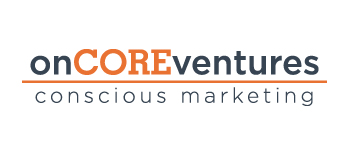COVID-19 CARES Act

The Coronavirus Aid, Relief, and Economic Security (CARES) Act was recently signed into law. It was created to help small businesses during this time of economic downturn as the largest financial assistance bill to date. Part of the CARES Act has allocated $350 billion to help small businesses and nonprofits keep workers employed amid the pandemic. It provides 100% federally guaranteed loans to eligible small businesses. The most important and asked about detail of the act is that the loans may be forgiven based upon a few factors.
While we don’t know every detail yet, as the administration will be releasing more information about the loans in the program, the U.S. Chamber of Commerce has issued a guide to help small business owners prepare to file for a loan. For the full guide, click on this link. We will cover the highlights of the CARES act below:
Who Is Eligible?
You are eligible if you are:
- A small business with fewer than 500 employees or otherwise meets the SBA’s size standard
- A 501(c)(3) with fewer than 500 employees
- An individual who operates as a sole proprietor or as an independent contractor
- An individual who is self-employed who regularly carries on any trade or business
- A Tribal business concern that meets the SBA size standard
- A 501(c)(19) Veterans Organization that meets the SBA size standard if borrowers maintain their payrolls during the crisis or restore their payrolls afterward.
What Is the Paycheck Protection Program? Is It the Same Thing?
The Paycheck Protection Program (PPP) isn’t necessarily the same thing as the CARES Act but rather the largest section of the act itself. This is the part of the act is providing that $ 350 billion stimulus. The PPP loans will come from private banks given out by a network of over 800 lenders across the US. These emergency loans can be forgiven equal to the amount the borrower spent on the following items during the 8-week period beginning when the loan is incurred:
- Payroll costs
- Interest on the mortgage obligation incurred in the ordinary course of business
- Rent on a leasing agreement
- Payments on utilities (electricity, gas, water, transportation, telephone, or internet)
- For borrowers with tipped employees, additional wages paid to those employees
As of right now (March 31, 2020), banks are not able to process these loans just yet but should be available in the next 10 days. Loan forgiveness cannot exceed the principal. For more information, please refer to this US Chamber of Commerce Guide.
What About the SBA’s Economic Injury Disaster Loans (EIDLs)?
At the beginning of March, the SBA disaster loan program was modified to include small businesses affected by the pandemic. The CARES Act has expanded upon this and has made it easier for small businesses to apply. The changes include:
- EIDLs are now also available to Tribal businesses, cooperatives, and ESOPs with fewer than 500 employees. They are also available to all non-profit organizations, including 501(c)(6)s, and to individuals operating as sole proprietors or independent contractors.
- EIDLs can be approved by the SBA based solely on an applicant’s credit score.
- EIDLs that are smaller than $200,000 can be approved without a personal guarantee.
- Borrowers can receive a $10,000 emergency grant cash advance that can be forgiven if spent on paid leave, maintaining payroll, increased costs due to supply chain disruption, mortgage or lease payments or repaying obligations that cannot be met due to revenue losses.
These loans come directly from the SBA and you can apply for one here. This information comes directly from the US Chamber of Commerce, found here.
How You Can Act as a Small Business Owner
So, you can figure out how to apply for the CARES act more effectively once these loans are made available, we suggest the following after conferring with one of our trusted clients.
Pull your numbers together for payroll for the 12 months past, March 1, 2019, to March 1, 2020. Have details broken down between wages, tips, and taxes, as federal taxes don’t count towards the loan, but state and local do. Have health insurance costs too, including what you pay towards the premiums for employees and any retirement/benefit plans. Also break out your rent, utilities, & tips because this is what can be forgiven and make an entire second set of numbers including owner payrolls in addition to employees. This way you have all the information ready and available when the switch flips that you can apply.
Provided below is a blank spreadsheet so that you can track spending on those items that qualify for forgiveness.

Wishing everyone health and strength during this time of uncertainty. For small business support, don’t hesitate to contact us today.
—
Information provided by the US Chamber of Commerce
